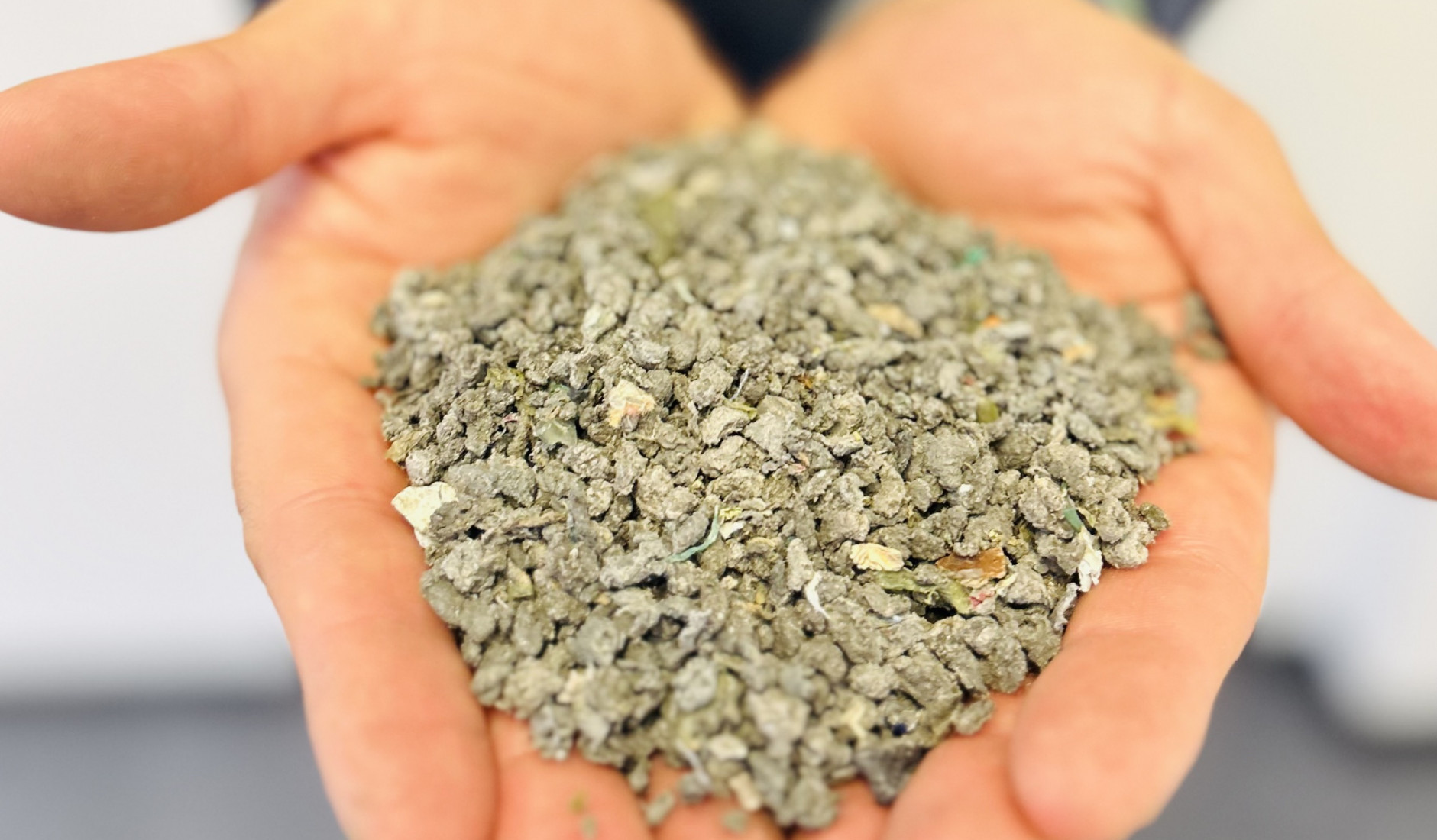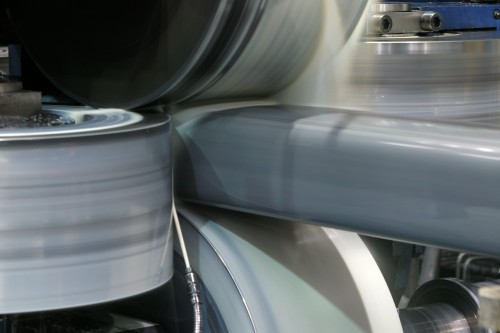
ArcelorMittal Europe cannot pursue its DRI and EAF plans to decarbonize the flat steel plants in Bremen and Eisenhüttenstadt. The reason for this is the lack of political support in Europe.
The Group had already stated in November 2024 that it would not be able to make any final investment decisions on the construction of new DRI-EAF plants in Europe as the political, energy and market conditions had not developed in the direction it had hoped. At that time, the company had announced that it would examine a step-by-step approach to decarbonization in Europe, starting with the construction of electric arc furnaces.
As the contract with the German government for the EUR 1.3 billion funding provided for construction work on the project to begin by June 2025, ArcelorMittal was obliged to officially inform the government that it could not continue with the investment due to the market situation and the lack of economic viability of CO2-reduced steel production.
Nevertheless, with the intention of advancing decarbonization in Europe step by step, ArcelorMittal will focus on planning the construction of electric arc furnaces in Bremen and Eisenhüttenstadt in order to be prepared when production with electric arc furnaces makes economic sense there.
ArcelorMittal is sticking to its goal of further improving the carbon footprint of its plants, even if – as announced in April – it is becoming increasingly unlikely that the CO2 reduction targets will be met by 2030. It is becoming increasingly clear that the energy transition is progressing more slowly than expected in all areas. This also includes the fact that “green” hydrogen is not yet a viable energy source and that DRI production based on natural gas (“blue” hydrogen) is not competitive as a transitional solution.
The global economy does not yet have the necessary speed to achieve the goals of the Paris Agreement. The full implementation of existing national contributions to reduce CO2 emissions by 2030 would only reduce emissions by around ten percent compared to 2019, which falls far short of the 28 percent required for 2° Celsius and the 42 percent needed for 1.5° Celsius. Meanwhile, the European steel market is under unprecedented pressure due to weak demand and high imports.
ArcelorMittal is in regular communication with the European Commission and Member States to promote sustainable steel production in Europe and the transition to low-carbon technologies. To this end, there is an urgent need to address the following issues:
– the high level of imports into the European market, which is otherwise characterized by weak demand
– the effectiveness of new instruments to support sectors with difficult to avoid emissions, including the Carbon Border Adjustment Mechanism (CBAM)
– the price of electricity (the switch from blast furnace to electric arc furnace means switching from coal as an energy source to a furnace powered by natural gas and electricity).
The first new electric arc furnaces will be built in countries that can offer a competitive and predictable power supply. ArcelorMittal announced in May that it would build its next electric arc furnace in Dunkirk (France/Normandy). The current electricity prices in Germany are high both in an international comparison and in comparison with neighboring European countries.
Geert van Poelvoorde, CEO of ArcelorMittal Europe, comments: “We appreciate the funding from the Federal Government and the State of Bremen as well as the support of the State of Brandenburg for this project. However, even with the financial support, the economic viability of this conversion is not sufficient, which illustrates the scale of the challenge. The European steel industry is currently under unprecedented pressure to maintain its competitiveness – even without the additional costs required for decarbonization. The European Commission and its Member States are taking steps to address this issue with the Steel and Metals Action Plan. But it is going too slowly – and I fear that some of the measures do not go far enough to achieve the desired goal. I have worked in the steel industry since the beginning of my career and I remain convinced that Europe can maintain a strong steel industry – but it needs to act decisively to turn words into actions that help. The top priority at the moment is to revive the demand for steel in Europe in such a way that European manufacturers can also participate in it. The high level of imports is a major problem – we need to limit imports of flat products to 15 percent, which corresponds to a reduction of around 50 percent compared to the current level. Once this is achieved, the industry will also be in a much better position to drive investment in decarbonization.”
Background
With a production volume of around 8 million tons of crude steel, ArcelorMittal is the second largest steel manufacturer in Germany. Its customers include the automotive, construction and packaging industries as well as the household goods sector. The company operates four large production sites in Germany. These include two integrated flat steel plants in Bremen (with the coking plant in Bottrop) and Eisenhüttenstadt as well as two long steel plants in Hamburg and Duisburg. The Group also operates ArcelorMittal Construction in Sandersdorf/Brehna, a production site with sales for sandwich panels and profiling systems for cassette, trapezoidal, load-bearing, design and corrugated profiles. In addition, the Group has a well-developed sales network in Germany with four steel service centers and ten steel trading locations. ArcelorMittal operates a tube plant in Altensteig. The Group employs around 9100 people in Germany.
Globally, ArcelorMittal is the leading steel and mining company with a presence in 60 countries and primary steelmaking facilities in 16 countries. In 2024, ArcelorMittal achieved revenues of USD 62.4 billion and crude steel production of 57.9 million tons, while iron ore production reached 42.4 million tons. The goal is steel produced using innovative processes that consume less energy, emit significantly less carbon and reduce costs; steels that are cleaner, stronger and reusable; steel for electric vehicles and renewable energy infrastructure.



